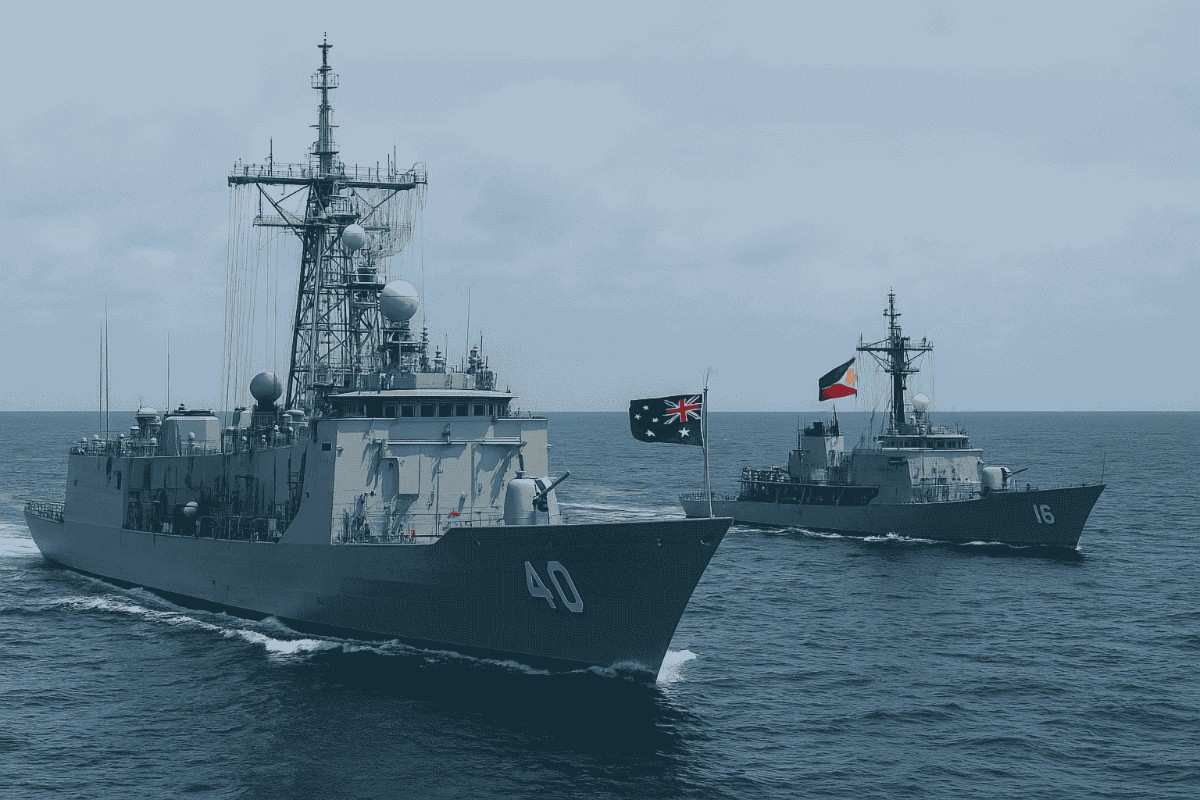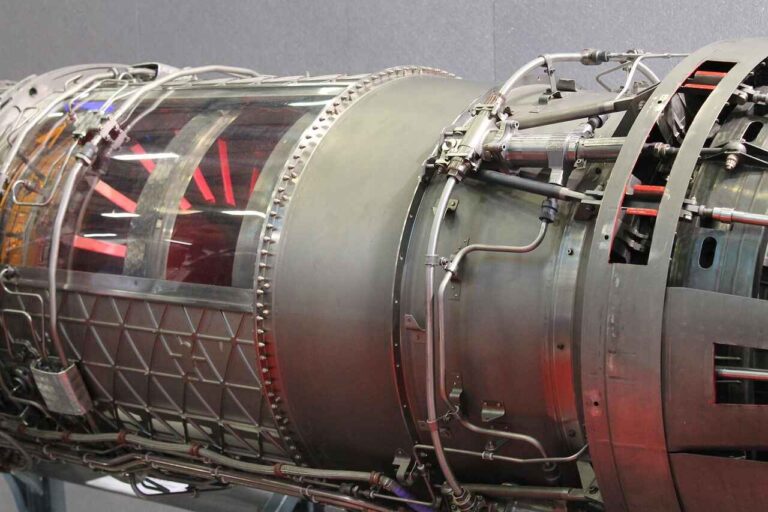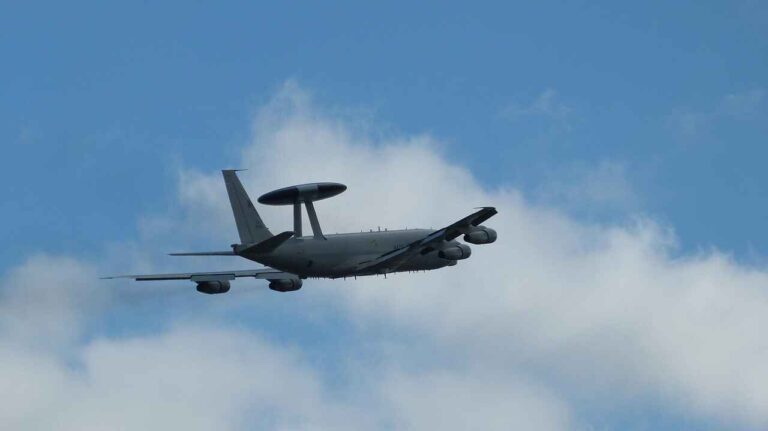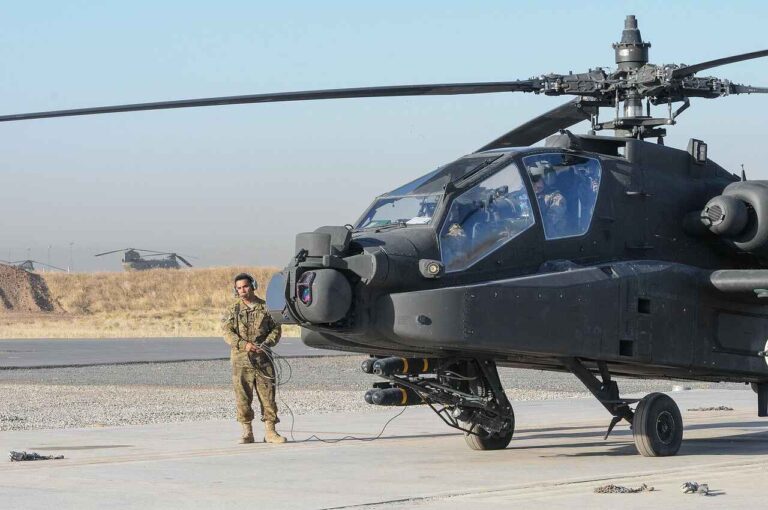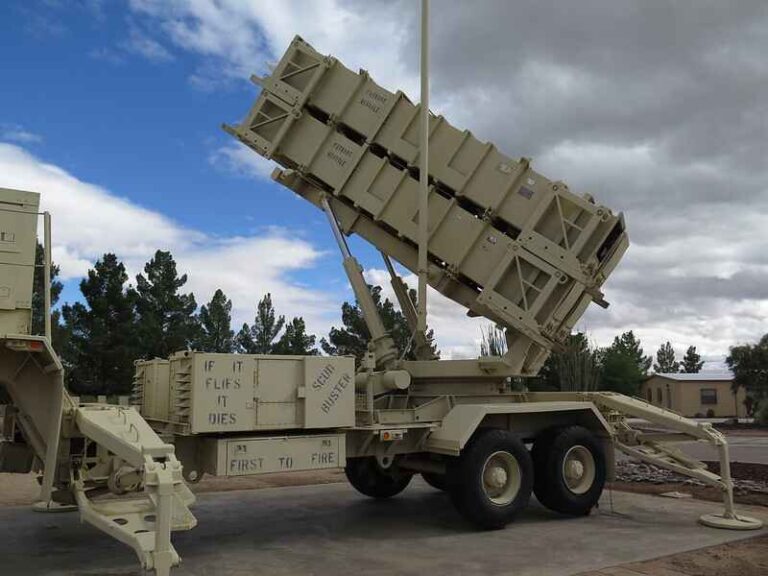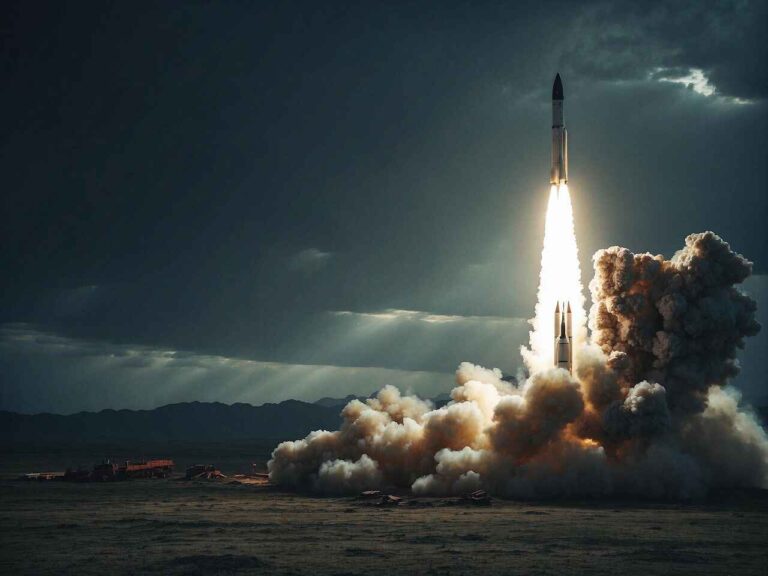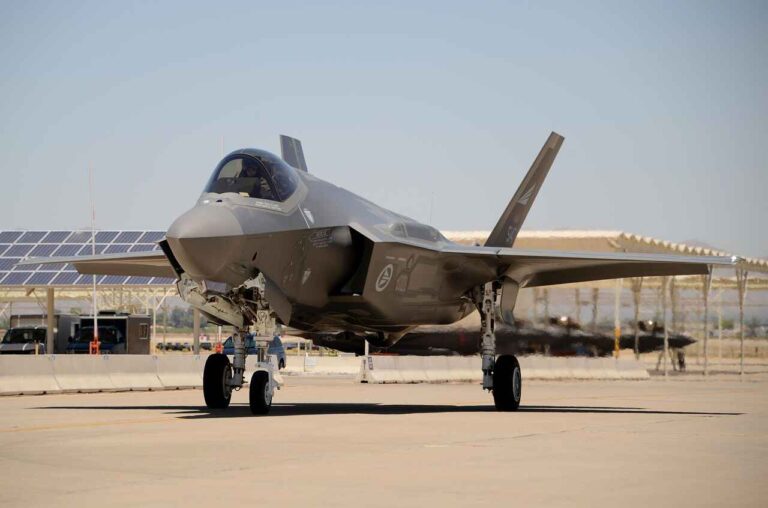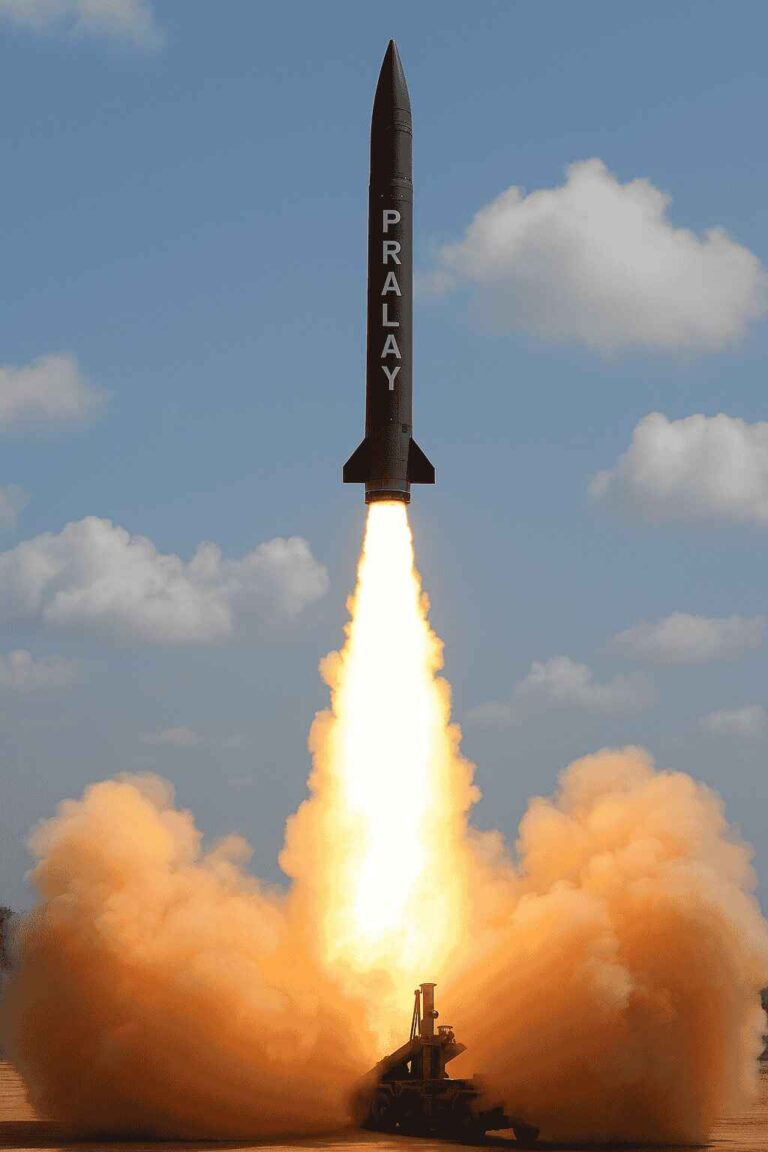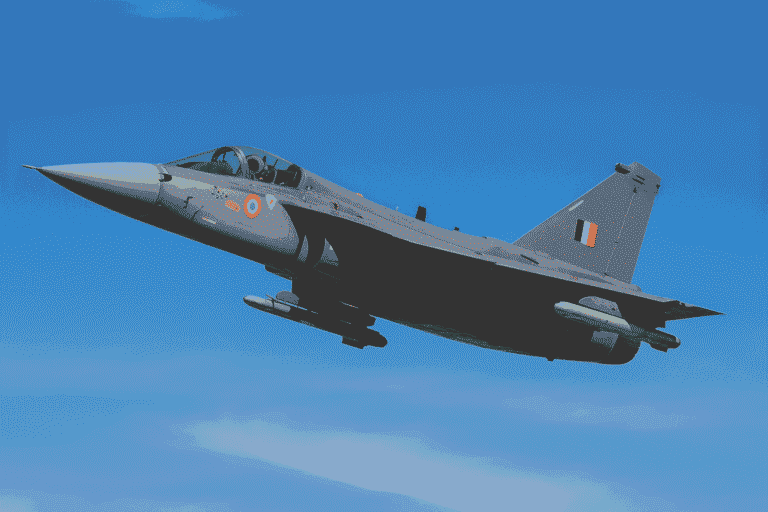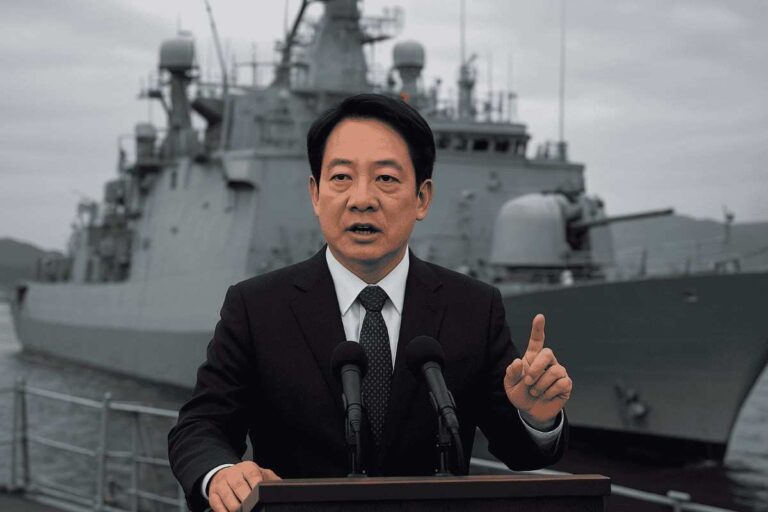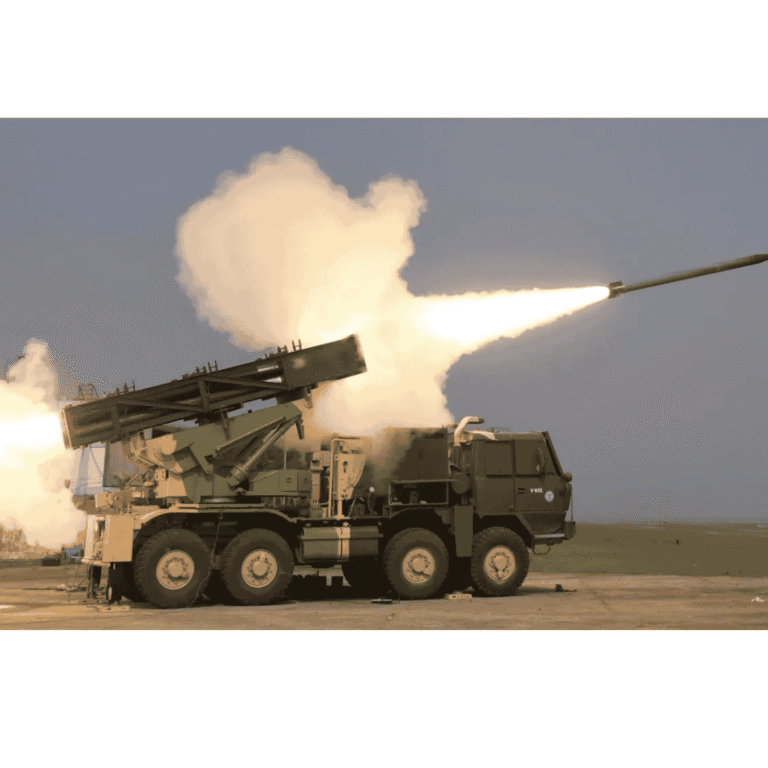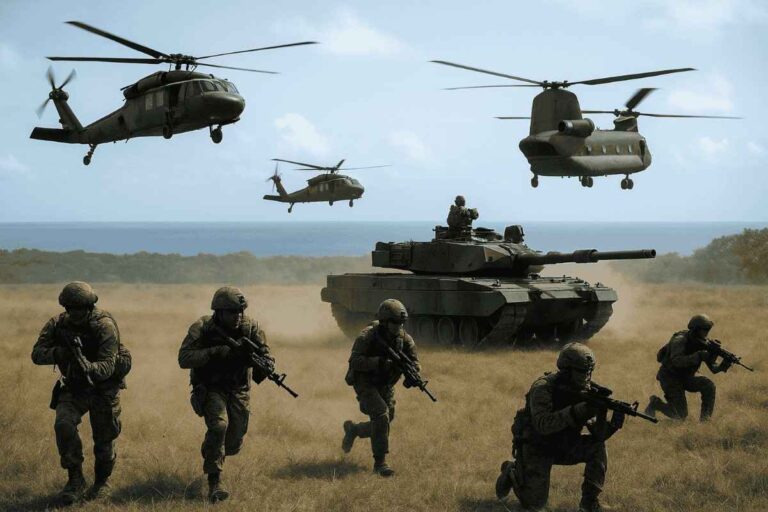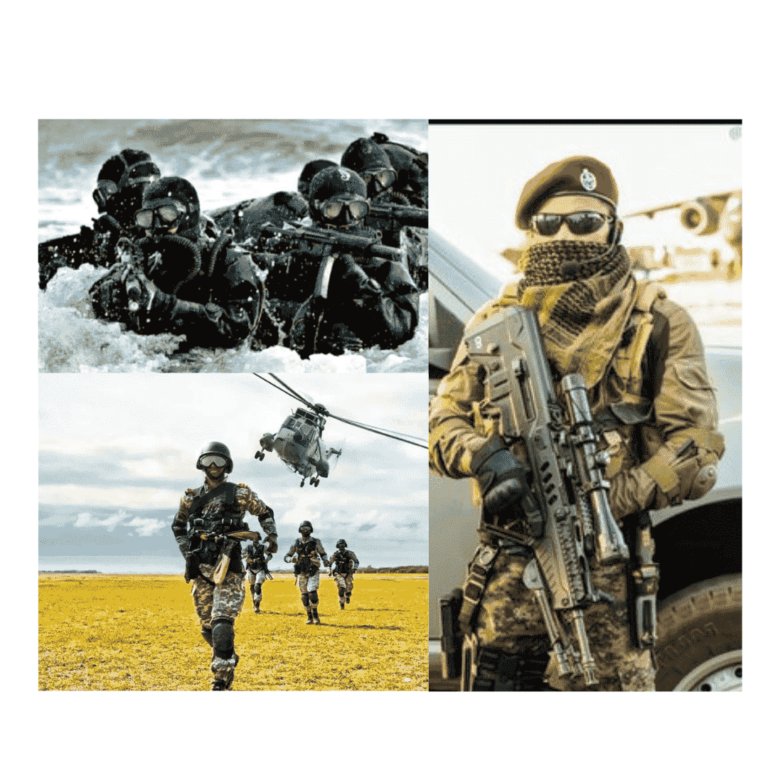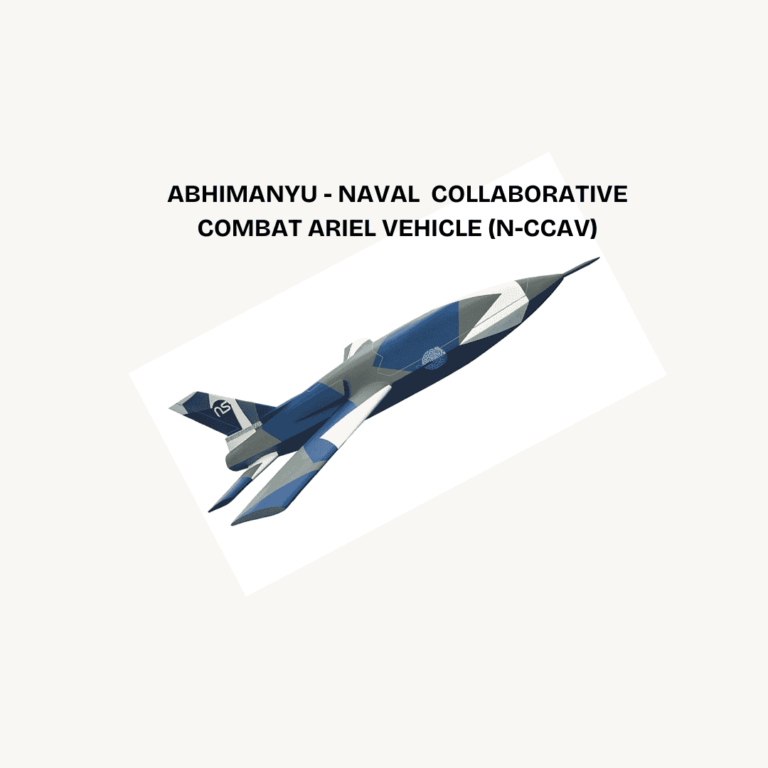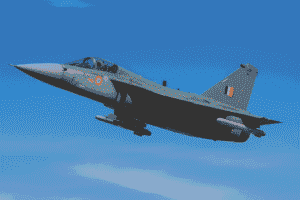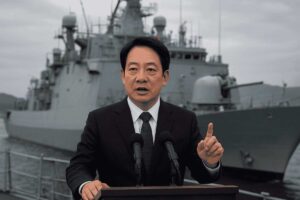Friday, 22 August, 2025
In a notable expression of regional solidarity, the Philippines and Australia have embarked on their largest joint military exercise to date, conducted in close proximity to the contested South China Sea amidst heightened tensions concerning territorial disputes with China. This exercise, known as Alon 25, unites thousands of military personnel, alongside advanced naval and aerial assets, and stands as a significant milestone in defense collaboration while reinforcing the commitment to a rules-based Indo-Pacific framework.
Alon 25- A Show of Force
Starting from August 15 to 29, this exercise involves over 3,600 personnel from Australia, the Philippines, and allied nations, including the United States and Canada. The participation of observers from Japan, South Korea, New Zealand, and Indonesia underscores the multilateral importance of this event.
The timing of the exercise is particularly relevant for the Philippines, which has experienced ongoing maritime confrontations with Chinese vessels in disputed waters. Recent months have seen an escalation in activities by Chinese coast guard and maritime militia vessels around the Second Thomas Shoal, where a Philippine Navy outpost aboard the BRP Sierra Madre is located.
Philippine military officials have articulated that the exercise seeks to enhance deterrence and foster military interoperability among participating nations. However, it is also widely recognized as an opportunity to convey a united front and a commitment to regional stability.
“Alon 25 illustrates that our security partnerships are substantive and meaningful; they are practical, operational, and increasingly robust,” remarked a senior officer of the Armed Forces of the Philippines during the opening ceremony in Palawan, strategically positioned just 200 kilometers from contested maritime areas.
What the Exercise Involves?
Alon 25 is meticulously designed to assess the capability of forces to operate collaboratively across land, sea, and air domains.
Amphibious landings will simulate scenarios where coalition forces might need to secure and defend important island territories. Naval operations, including live-fire drills, feature participation from Australian destroyers, Philippine frigates, and warships from Canada and the United States, showcasing a coordinated effort across contested maritime paths.
Aerial exercises will involve Australian F/A-18F Super Hornets, EA-18G Growlers, and Philippine FA-50PH fighters, complemented by surveillance assets such as the P-8A Poseidon.
The ground components will include Australian infantry companies, cavalry troops, artillery units, and Philippine Army and Marine battalions engaged in collaborative maneuvers.
Additionally, the exercise will incorporate cybersecurity measures, humanitarian assistance simulations, and civil-military engagements with local communities, reflecting its comprehensive and inclusive approach.
Vice Admiral Justin Jones, Chief of Joint Operations for the Australian Defence Force, characterized the exercise as a demonstration of “force projection and partnership.”
“This initiative exemplifies our collective capability to collaborate effectively, respond to crises in a timely manner, and uphold a regional environment where sovereignty and international law are respected,” he emphasized.
Forces in the Field
Australia is contributing over 1,600 personnel, which include:
– The Hobart-class destroyer HMAS Brisbane, equipped with an MH-60R Seahawk helicopter.
– Two infantry companies, a cavalry troop, artillery units, and combat engineering personnel.
– Air assets, including Super Hornets, Growlers, KC-30A aerial tankers, and C-17A Globemaster III transports.
The Philippines, deploying approximately 1,525 personnel, has mobilized:
– The Jose Rizal-class guided missile frigate as its primary naval asset.
– FA-50PH fighter jets, A-29 Super Tucano light attack aircraft, and various helicopter platforms, including Black Hawk and T-129 ATAK helicopters.
– Marine brigades and special operations units, along with ground-based air defense radars.
Supporting forces include the Royal Canadian Navy’s HMCS Ville de Québec, operating a CH-148 Cyclone helicopter with around 180 personnel. The U.S. Marine Corps has also deployed 350 personnel from its rotational contingent in Darwin, supported by MV-22B Ospreys.
Rising Tensions with China
This exercise unfolds within a context marked by increasing maritime confrontations. Recent weeks have witnessed a concentration of more than a dozen Chinese coast guard and militia vessels near the Second Thomas Shoal, some reportedly armed. The Philippine military has noted instances of close encounters involving Chinese vessels approaching within 50 meters of its outpost ship, raising caution regarding potential maritime incidents.
Additionally, near the Scarborough Shoal, two Chinese vessels were involved in a collision while attempting to obstruct a Philippine patrol, prompting concerns and condemnation from Manila.
Australia, Canada, and the United States have expressed their apprehensions, with Canberra calling attention to the necessity for professionalism and safety in maritime operations. Meanwhile, Washington has committed naval assets to engage in freedom-of-navigation operations near contested reefs.
For the Philippines, there is an imperative to assert its maritime rights. Defense Secretary Gilberto Teodoro Jr. has reiterated that Manila will uphold its lawful rights under international law, referring to the 2016 Hague tribunal ruling that invalidated China’s extensive claims in the South China Sea—a ruling that remains unacknowledged by Beijing.
Strengthening Bilateral Relations
The joint exercise serves as a testament to the deepening defense relations between Australia and the Philippines. In November 2024, the two nations convened their inaugural Defence Ministers’ meeting, further reinforcing their cooperative framework and commitment to regional security.
Experts view Exercise Alon 25 as a key part of a broader trend toward greater regional defense integration.
The Philippines already conducts annual Balikatan exercises with the United States, which highlighted a new NMESIS missile system capable of targeting Chinese vessels during its April drills. Australia also participates in large-scale exercises like Talisman Sabre and has begun to integrate its training cycle with the Philippine forces.
Security analyst Dr. Renato Cruz De Castro from De La Salle University notes that this exercise marks “a shift from symbolic cooperation to practical deterrence.”
“The Philippines is no longer standing alone. By aligning with Australia and other partners, it is embedding itself into a multilateral security framework. This is the essence of integrated deterrence,” De Castro explained.
The presence of Canada, the United States, and observers from Japan and South Korea underscores the multinational nature of this evolving defense structure.
Exercise Alon 25 is more than just a drill; it sends a strategic message. By uniting allies and showcasing advanced capabilities, the Philippines and Australia are affirming that regional defense must remain cohesive rather than fragmented.
In a region where China is aggressively asserting its expansive claims, smaller and mid-sized democracies are coming together to safeguard maritime rights, sovereignty, and the rule of law.

